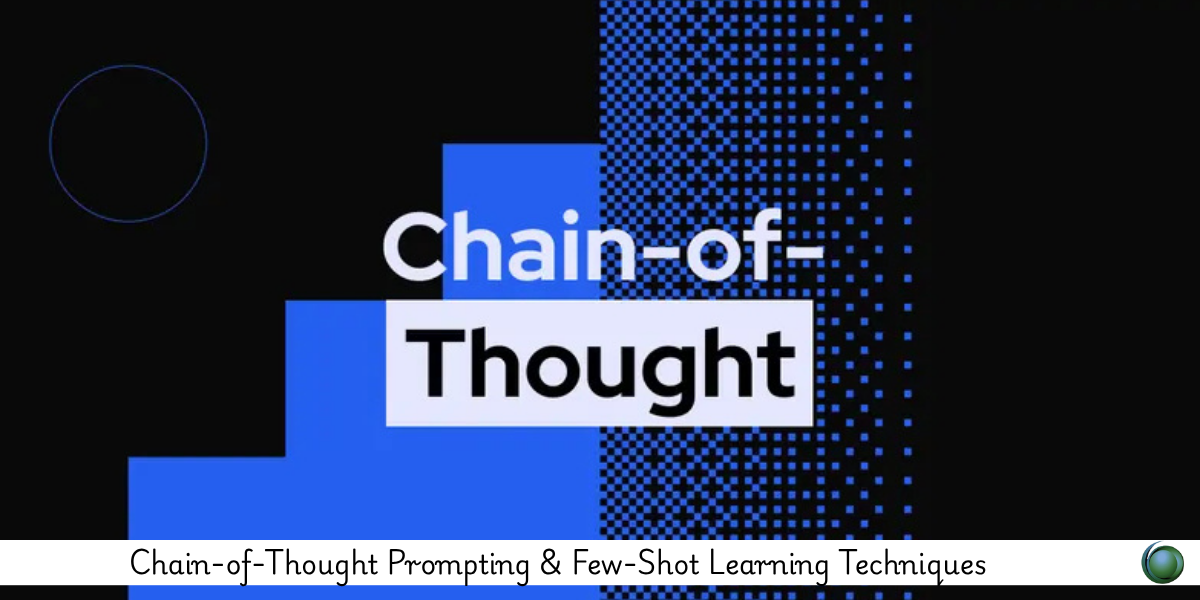Description
Introduction
Chain-of-thought (CoT) prompting and few-shot learning are advanced techniques that significantly enhance how large language models (LLMs) reason and perform complex tasks. This course explores how to guide LLMs step-by-step through logic-driven workflows and provide contextual examples for better generalization. These methods are essential for building reliable AI outputs in dynamic business, technical, and research contexts.
Prerequisites
Basic understanding of prompt engineering
Familiarity with LLM tools like ChatGPT, Claude, or Gemini
Experience with text generation or task-based prompting
Table of Contents
-
Introduction to Few-Shot and Chain-of-Thought Prompting
1.1 Why Prompt Examples Matter
1.2 Benefits of Explicit Reasoning in Prompts
1.3 Real-World Applications and Use Cases -
Few-Shot Learning Fundamentals
2.1 Zero-Shot vs One-Shot vs Few-Shot Prompts
2.2 Choosing and Framing Good Examples
2.3 Example Ordering and Format Consistency -
Chain-of-Thought Prompting Techniques
3.1 Step-by-Step Thinking Prompts
3.2 Intermediate Reasoning with Justifications
3.3 Decomposition of Complex Tasks -
Combining Few-Shot and CoT Approaches
4.1 Structuring Multi-Example Reasoning Sequences
4.2 Recursive Prompting Patterns
4.3 Comparative Analysis with Output Scoring -
Designing Prompt Templates for Reuse
5.1 Modular CoT and Few-Shot Prompt Blocks
5.2 Embedding Contextual Instructions
5.3 Scaling Templates for Enterprise Use -
Case Studies in Business and Technical Domains
6.1 Data Interpretation and Analytical Reasoning
6.2 Product Recommendations and Customer Support
6.3 Code Explanation and Debugging Workflows -
Performance Optimization
7.1 Minimizing Hallucinations in Multi-Step Reasoning
7.2 Evaluation Metrics for Prompt Performance
7.3 Prompt Iteration with User Feedback -
Troubleshooting and Edge Cases
8.1 When CoT Breaks Down
8.2 Managing Irrelevant or Overcomplicated Outputs
8.3 Tips for Improving Model Focus and Brevity -
Advanced Prompting with Tool Integration
9.1 Connecting CoT Outputs to API Calls or Agents
9.2 Integrating External Data into Reasoning Chains
9.3 Designing Prompts for Automation Pipelines -
Best Practices and Ethical Considerations
10.1 Representing Logic without Bias
10.2 Avoiding Manipulative or Leading Reasoning
10.3 Responsible Use of Examples in Sensitive Domains
Few-shot and chain-of-thought prompting unlock deeper potential in LLMs by mimicking human-like reasoning and learning from context. When used correctly, these techniques improve consistency, interpretability, and task success—empowering users to build smarter and more trustworthy AI solutions across industries.







Reviews
There are no reviews yet.